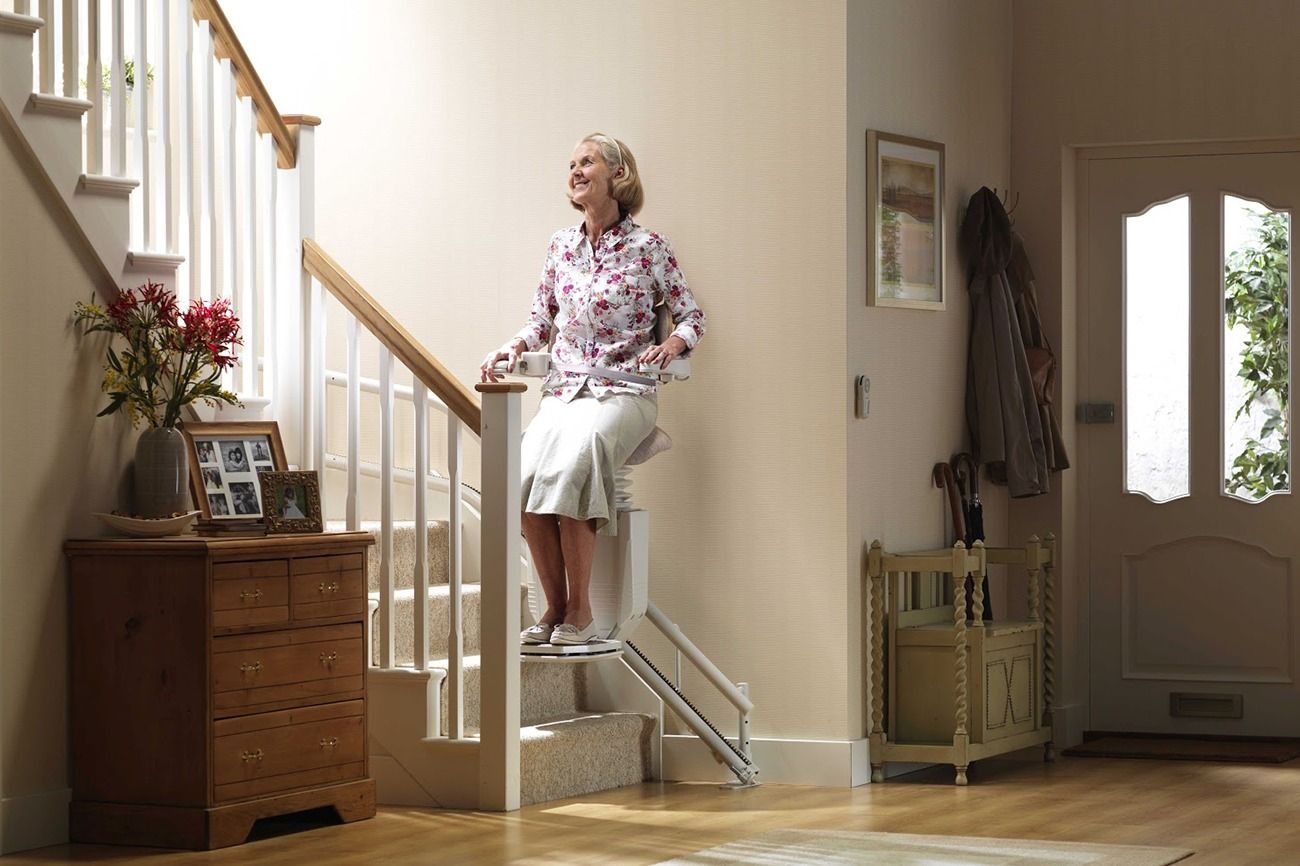Deciding to install a stairlift in your home can be a game-changer in enhancing accessibility but may also prompt a barrage of questions and concerns.
Integrating such a significant piece of equipment within your living space understandably brings the installation process and potential home damage into the equation. Here’s a comprehensive guide to ease your mind and inform your decision.

-
How to Install a Stairlift at Home?
One of the primary concerns individuals have is regarding the installation process. How is a stairlift seamlessly integrated into a home without causing damage or compromise? Typically, modern stairlift installations are designed with home preservation in mind.
The process starts with securing a rail onto your stairs, not your wall, using brackets fixed directly onto the stair treads. These brackets, requiring merely 2 to 5 screws each, ensure the lift operates smoothly without making any alterations to your railing or nearby walls.
Installers cleverly situate the track at a considerable distance from both walls and railings, preventing any damage like scuffing. Given the precision this task demands, tapping into the expertise of professionals or a dedicated company is highly advised over a DIY approach.
-
Financial Implications and Damage Concerns
-
Carpets:
A major homeowner concern is the potential ruining of carpets or stairs. Fortunately, the engineering behind stairlift installation safeguards against such outcomes. Since the track hovers above the ground, anchored by brackets piercing cleanly through carpets without necessitating removal, your flooring should remain unscathed, aside from faint imprints or trivial color discrepancies under the brackets due to potential carpet fading.
-
Stairs:
The scenario is almost the same on wooden steps, with minimal drilling leaving insignificant scars that can be easily removed. As long as the installation is done correctly, your stairs and carpets will retain their structural and aesthetic integrity.
-
-
Adapting to Unique Staircases
Contrary to common belief, stairlifts aren’t a one-size-fits-all solution. The market offers multiple options for various staircase types, from straightforward linear to more complex curved designs. If your staircase has an unconventional shape, consulting with an advisor who can evaluate your space is a cautious step toward selecting a stairlift that beautifully complements your home.
-
Time Investment
Another pivotal aspect is the installation time, which many fear might disrupt daily life. However, most stairlift installations are surprisingly swift, taking around four hours. This includes a comprehensive walkthrough to acquaint you with your new stairlift’s operation, upkeep, and cleaning procedures, ensuring a seamless integration into your household. Once completed, you’ll enjoy full access to your home, newfound mobility, and independence.
Installing a stairlift marks a significant step toward creating a more accessible and comfortable living space. While concerns about the process and potential home damage are valid, understanding the realities of stairlift installation can dispel fears.
By entrusting the task to seasoned professionals, you’re not just investing in practical equipment; you’re investing in peace of mind and independence. With a clear path, relevant precautions, and the proper assistance, stairlift installation can be a smooth and rewarding process.
